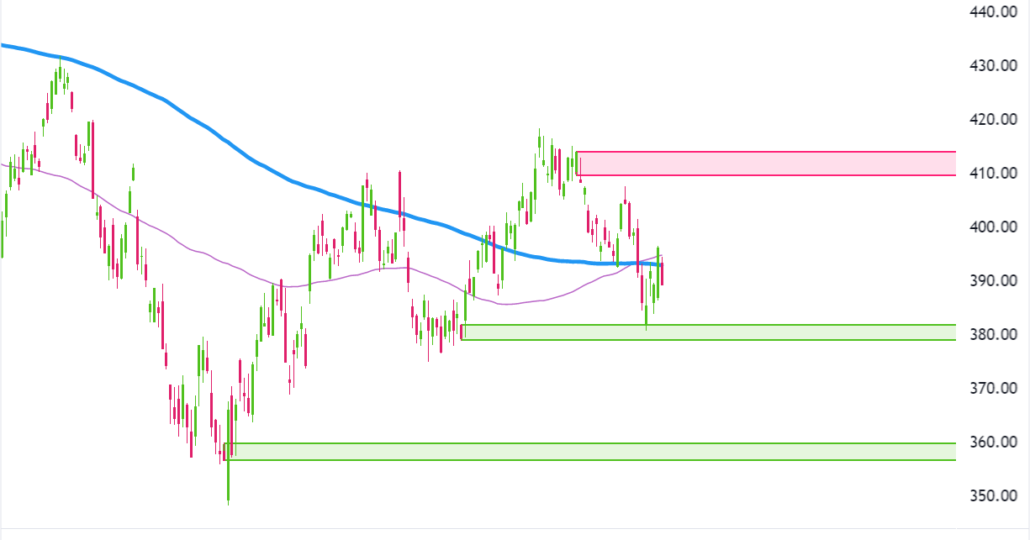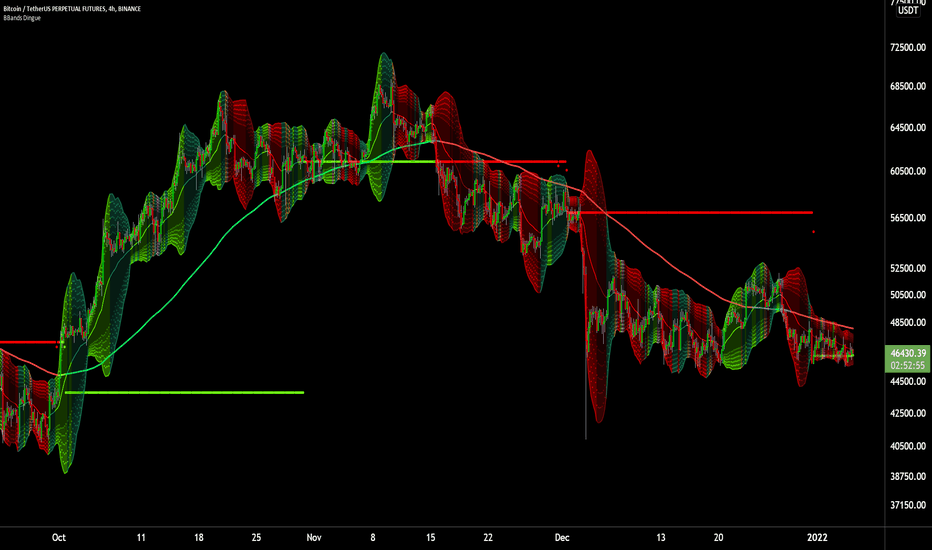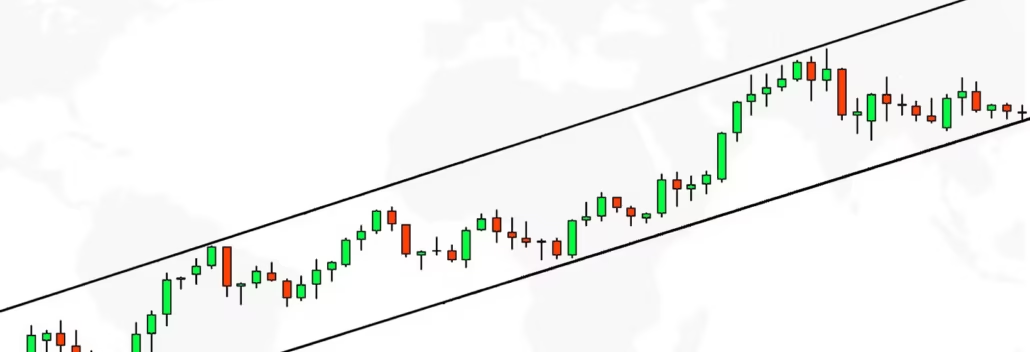Is Price Action Trading Profitable? Here’s How to Make It Work for You
 Sam Reid Staff Writer
Sam Reid Staff Writer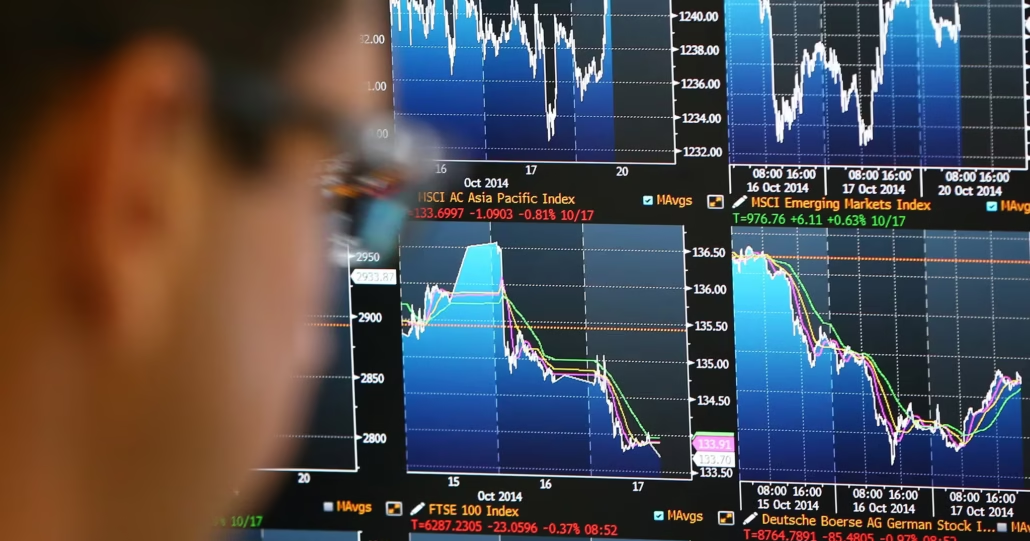
Understanding Price Action
Price action trading is built on one simple idea: everything that moves the market is already reflected in the price. Instead of using lagging indicators or complex algorithms, price action traders focus directly on how price behaves across time. Every candle on a chart represents the collective decision-making of buyers and sellers. When you learn to interpret those candles correctly, you gain insight into market psychology itself.
On a clean chart, the trader studies swing highs, swing lows, and trend structures to determine whether buyers or sellers are in control. An uptrend is confirmed when each successive high and low is higher than the last. A downtrend is defined by lower highs and lower lows. Sideways markets form when neither side can dominate, resulting in consolidation ranges.
This clarity is what attracts traders to price action. It removes noise and forces focus on what truly matters: movement and momentum. Yet while the concept seems simple, the execution demands patience, screen time, and emotional control.
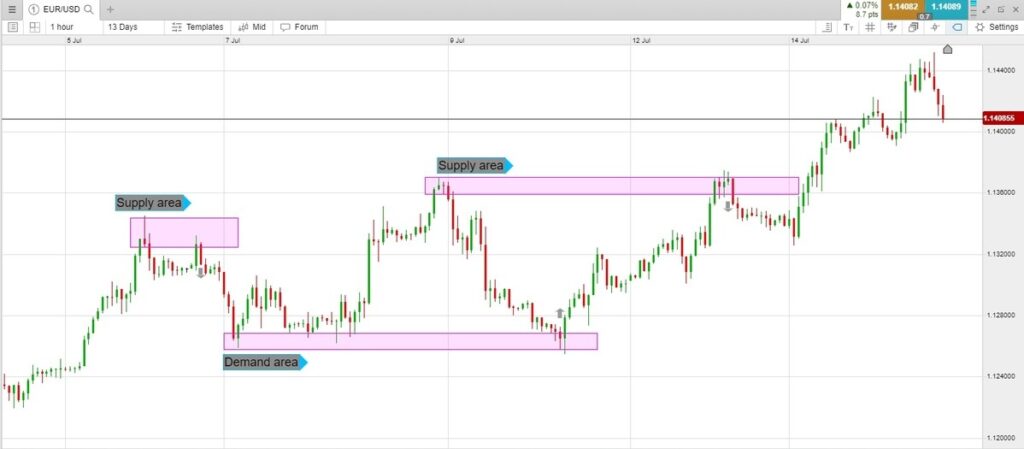
Is Price Action Trading Profitable?
The short answer is yes, price action trading can be profitable. The long answer is that it depends entirely on how consistently you can interpret and act on price data without emotional interference. Profitability comes from building a rules-based process and mastering your reaction to the market, not from guessing which candle will form next.
Experienced traders view price action as a framework, not a formula. It helps them understand what phase the market is in and identify high-probability setups. Those setups might include reversals at key support levels, breakouts from consolidation zones, or retracements back to a trendline. When executed with discipline and proper risk management, these setups can deliver steady returns over time.
However, success rarely happens overnight. Research and real-world experience show that traders often need between two and five years of consistent practice before achieving stable profitability. The reason is simple: markets reward skill, not excitement. The more you trade for adrenaline or instant results, the faster you lose. The more you trade methodically, the closer you get to long-term consistency.
How Price Action Works in Practice
At its core, price action trading relies on two key components: identifying market conditions and recognizing actionable setups. First, the trader determines whether the market is trending or ranging. Second, they evaluate how price behaves around key levels such as previous highs, lows, or zones of supply and demand.
For example, if a currency pair has been trending higher and approaches a major resistance level, a breakout above that level could indicate the start of a new leg upward. But if price fails to hold above that level and forms a strong rejection candle, it could mark the beginning of a reversal. The trader’s job is to read these signals and apply clear entry and exit rules that protect capital while capturing potential moves.
Most price action strategies revolve around recurring candlestick patterns that reflect market psychology. A few of the most widely used include:
- Pin Bar: A candle with a long wick showing a sharp rejection of price, signaling potential reversal.
- Inside Bar: A smaller candle entirely within the range of the previous one, often leading to breakouts.
- Engulfing Pattern: A candle that completely covers the prior body, revealing a shift in momentum.
Each of these patterns provides valuable context when aligned with support and resistance levels. Used alone, they can be misleading. Combined with structure and confluence factors such as volume spikes or economic events, they can form the basis of a consistent trading plan.
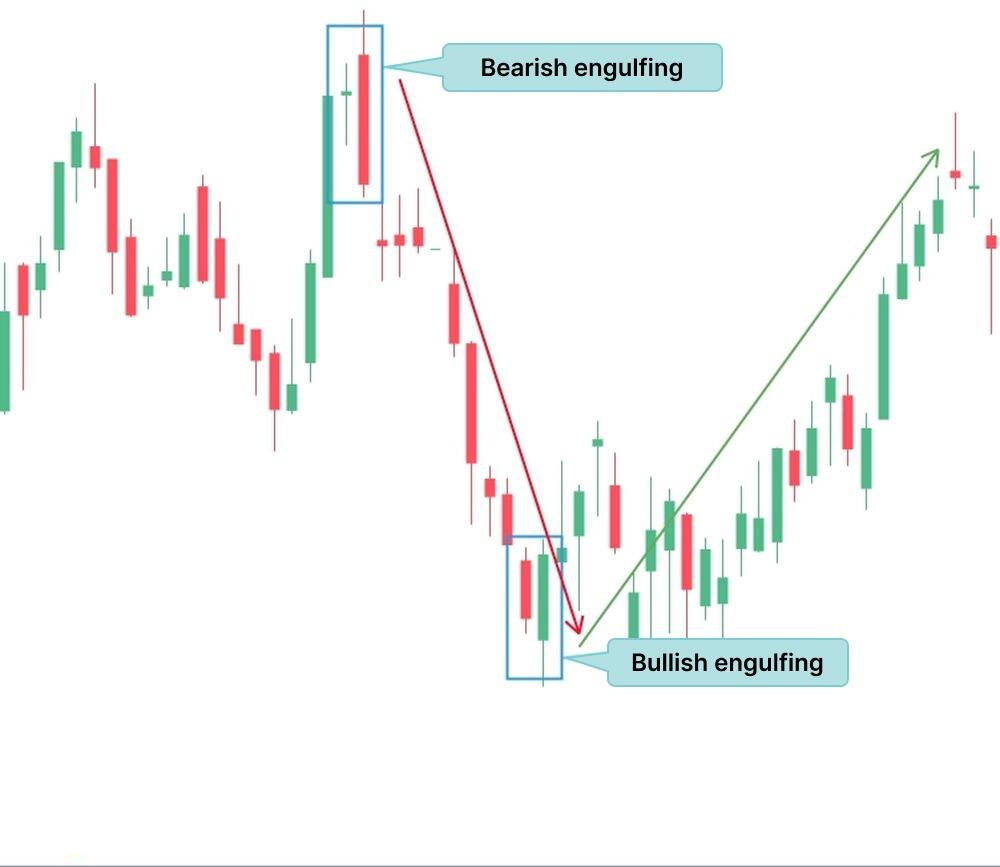
The Role of Psychology and Discipline
Many traders learn the technical side of price action but fail on the psychological side. Emotional management is often the real key to profitability. Fear, greed, and impatience are responsible for more losses than incorrect analysis. Even with a winning strategy, traders who break their own rules by moving stop losses or chasing trades can quickly undo months of progress.
Consistent traders keep journals of every trade, noting what they saw, why they entered, and how they felt at the time. Over hundreds of trades, this record reveals patterns in both the market and their behavior. The goal is to reduce impulsive decisions and replace them with deliberate, repeatable actions.
Price action trading becomes truly profitable only when you combine pattern recognition with self-awareness. The market will always test your patience, but your reaction determines your outcome.
Research and Expert Insights
Academic and institutional studies have examined why price action methods remain relevant in modern markets. A 2021 study in the Journal of Financial Markets found that patterns such as pin bars and engulfing formations showed statistically significant predictive power when combined with support and resistance zones. Behavioral finance researchers explain this by noting that human reactions to price movements are largely repetitive, creating visible footprints on charts.
Professional and algorithmic traders also use price-based data. High-frequency trading models track key levels, momentum shifts, and liquidity zones, the same principles that guide human price action traders. This crossover reinforces the idea that price itself is the most immediate and universal market signal.
Common Mistakes and How to Avoid Them
Even though the concepts are simple, the execution often trips traders up. Below are the most frequent errors seen among new price action traders:
- Trading patterns without context: A pin bar in the middle of nowhere is meaningless. Always link patterns to structure and levels.
- Ignoring higher timeframes: Intraday signals work best when aligned with the overall trend visible on daily or weekly charts.
- Lack of confluence: Combine price action with confirming factors such as key news releases, volume, or trend direction.
- Overtrading: Quality beats quantity. High-probability setups are rare, and patience often pays more than action.
- Weak risk management: Every trade should have a clear stop loss and target, with a minimum reward-to-risk ratio of two to one.
Avoiding these mistakes will not guarantee profit, but it will protect you from the common traps that cause most traders to fail.
Building a Profitable Price Action Plan
A price action plan should be specific enough to remove doubt yet flexible enough to adapt to market changes. It usually includes:
- Defined setups such as trend continuation, breakout, or reversal patterns.
- Entry rules based on candle confirmation at key levels.
- Exit rules tied to risk-reward ratios or structural breaks.
- Time-based review of performance metrics and emotional control.
One practical exercise for traders is to specialize in a single pattern or market phase before adding complexity. This approach accelerates pattern recognition and reduces confusion. Over time, screen time builds intuition, the subtle understanding of when the market is aligned with your edge and when to stay out entirely.
Final Thoughts
So, is price action trading profitable? Absolutely, but only for those who treat it as a skill to be mastered rather than a shortcut to quick money. The price chart is an open book of market psychology, yet reading it takes experience, discipline, and humility. If you commit to consistent study and maintain emotional control, price action can become not just a strategy but a sustainable way to navigate the markets with confidence.
FAQs
Does price action trading really work?
Yes, it works when traders apply it with clear rules, patience, and proper risk management. It is used by both retail and institutional traders because price is the most direct reflection of market sentiment.
What is the success rate of price action trading?
There is no fixed success rate since outcomes depend on skill and discipline. Studies suggest that consistent traders using price action models with defined risk controls can achieve profitable results over the long term, while most who lack a plan tend to lose.
Can I make $1000 per day from trading?
It is possible, but not typical. Earnings vary by account size, strategy, and experience. Consistency should be the goal first. Sustainable profitability usually comes after years of skill development rather than daily income targets.
Why do 90% people lose in trading?
Most traders fail due to poor psychology, overleveraging, and lack of a repeatable plan. They focus on predictions instead of probabilities. Price action trading can correct these issues by emphasizing structure, discipline, and clear risk limits.
Disclaimer: Remember that forex and CFD trading involves high risk. Always do your own research and never invest what you cannot afford to lose. This content is for educational purposes only and should not be interpreted as investment advice or a sufficient basis for making investment decisions.
 22nd Oct 2025
22nd Oct 2025




